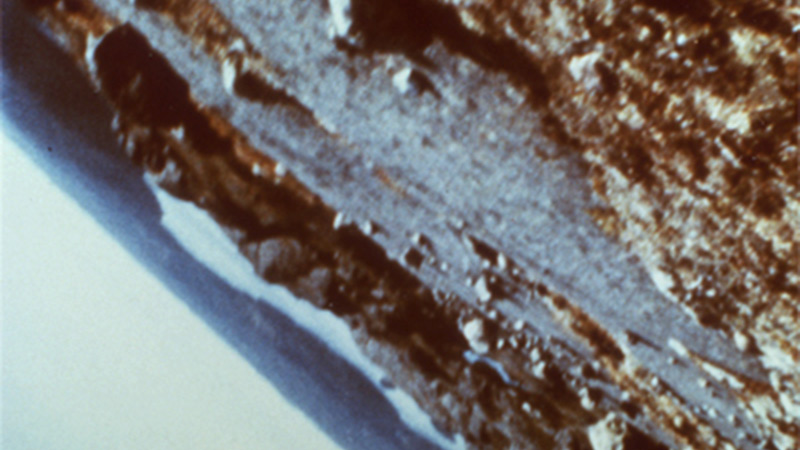 by Michael Snow (1971)
by Michael Snow (1971)16mm, color, sound, 80 min.
"La Région Centrale" is arguably the most spectacular experimental film made anywhere in the world, and for John W. Locke, writing in Artforum in 1973, it was "as fine and important a film as I have ever seen." If ever the term "metaphor on vision" needed to be applied to a film it should be to this one. Following Wavelength, Michael Snow continued to explore camera/frame movement and its relationships with space and time in Standard Time (1967) an eight minute series of pans and tilts in an apartment living room and (Back and Forth) (1968Ð69), a more extended analysis. But with "La Région Centrale", Snow managed to create moving images that heretofore could no possibly be observed by the human eye. For this project he enlisted the help of Pierre Abaloos to design and build a machine which would allow the camera to move smoothly about a number of different axes at various speeds, while supported by a short column, where the lens of the camera could pass within inches of the ground and zoom into the infinity of the sky. Snow placed his device on a peak near Sept ësles in Quebec's Région centrale and programmed it to provide a series of continuously changing views of the landscape. Initially, the camera pans through 360¡ passes which map out the terrain, and then it begins to provide progressively stranger views (on its side, upside down) through circular and back-and-forth motions.
The weird soundtrack was constructed from the electronic sounds of the programmed controls which are sometimes in synch with the changing framing on screen and sometimes not. Here, allusions to other films occur, especially science fiction works like Stanley Kubrick's 2001: A Space Odyssey (1968) which similarly reveals a barren, human-less primal landscape (with odd sounds) and spatially disorients the spectator. In La Région Centrale's second hour, the world is inverted for so long, that when the camera swings vertically through a full circle to restore the horizon line to its rightful position, above the earth, it looks wrong. In the complete absence of human or animal forms, one can imagine the outlines of animals in the silhouetted shapes of rocks at twilight. It is impossible not to notice "camera movement" in this film, and, as Locke notes, one is inclined to observe the frame edge leading the movement (rather than the center) much of the time. (Text borrowed from Peter Rist).
To see an excerpt, follow the link below. Enjoy.
http://www.youtube.com/watch?v=uYr_SvIKKuI
No comments:
Post a Comment